INDIAN ARMED FORCES COMBAT UNIFORMS
Indian Armed Forces are undergoing rapid modernization with latest indigenous and imported weapons and defense equipment. One of the most basic role played in protecting the soldier and increasing the offensive capability is the uniform worn by him or her.
We have seen a variety of combat uniforms being used by various units of our military and para-military forces. Our soldiers are wearing a diverse set of uniforms, sometimes with no or conflicting camouflage on hats/bulletproof jackets. This defeats the purpose of camouflage.
Another basic purpose of a soldier's uniform is to distinguish friend from foe. With possibility of conventional wars with Pakistan or China, we need to keep using uniforms which are quite distinct from those of these two military forces. Indian army uniform is a disruptive pattern uniform and is called Jungle Dress. Most of the armies of the world have already faced the disruptive pattern off.
China has new starry sky uniforms of 5 different colours. They look like cheap imitations of US uniforms. The key point is that they use pixelated camouflage.
The colours vary from light green, blue, light brown, olive brown and dark green for various CCP military arms.
Whereas, the Pakistan army is using the Universal Camouflage Pattern in open inspiration from US UCP camouflage uniforms. Its Navy is using the basic US UCP as it is. The army is using the olive green, olive brown and light brown colours based UCP uniforms. The Pak Air Foce is using the pixelated tiger stripe uniforms based on US Air Force. Their SSG uses M81 or the Woodland camouflage. They used to have the DPM camouflage too.
Both the enemies have modified their uniforms recently in between 2016 to 2020. This has raised interest in Indian Military leadership to upgrade our uniforms too, albeit in a haphazard way. Though main army uniform still looks good and has good camouflage in jungle, but it does not work in Ladakh, Siachin and urban warfare area.
So what kind of camouflage should be used for new uniforms? The basic camouflage is provided by the traditional Khaki uniforms used heavily by Allies in World War I. But more research, especially in USA pointed to use of colours from Olive Green to Olive Brown for uniforms. Accordingly, there are various options as below:
1. UCP: Universal Camouflage Pattern was made for US armed forces. These as told above have been copied completely by Pakistan forces. So we have to skip them.
2. MULTI-TERRAIN PATTERN: This kind of uniform is used by British forces and are useful for various terrains like desert, hills and urban settings also. Here using them or copying them will have to take care of any copyright/patent issues. These are being field tested by Indian Army.
3. FLECKTARN: This uniform has been used by German forces. It does have good all around camouflage. But they appear similar to UCP pattern in certain settings (low light). Although they have already been used by some Indian armed force units. But to avoid any blue on blue (friendly) attack we may have to skip it. So it cannot be used on a large scale by Indian security forces.
4. EMR DIGITAL FLORA: This is a good camouflage pattern used by Russian forces in green surroundings like forests. This is part of their Ratnik future infantry combat system. This pattern looks distinct from other patterns used by both Pakistan and China. Also derivative of this pattern with light brown, olive brown shades can work in most of our border areas.
5. TIGER STRIPE: This is a kind of camouflage which is not being used heavily by any of enemy countries. Also derivatives of this can be useful in desert, jungle and mountain areas. As the name suggests it makes heavy use of stripes found on tigers. So if more research is done this can become the mainstay of uniforms for Indian Armed Forces both at military and para-military levels.
6. A-TACS FG-X: This is similar to tigerstripe camouflage uniforms but looks modern and have good protection in jungle warfare. So they will work handsomely in Srinagar area and in North-East region. But for Ladakh and Siachin or desert warfare they might not give adequate camouflage.
7. A-TACS AU X TAN: This is a derivative of above camouflage uniform. This can provide good protection in Ladakh and Rajasthan deserts.
8. M90 & M90K: This is a famous Swedish camouflage pattern with M90 suitable for green forests and M 90K for desert terrain. There is no copyright on these patterns. But these are also 30 year old patterns. These are being replaced by NCU (Nordic Combat Uniform) pattern in Sweden.
9 VZ-95: This is a famous Czech camouflage pattern. It is a versatile leaf pattern and has versions for both woodland and desert as shown below. Its a derivative of the USA ERDL pattern.
10. ERDL: This USA camouflage pattern was first used in Vietnam war after research. This is a precursor to Woodland M81 pattern.
So there are various camouflage uniforms used by troops the world over.
Besides, choosing the camouflage, the uniforms should be made for various weather situations like cold, hot and rain. The thickness and water repellent nature becomes important with wild fluctuations in temperatures in the same terrain. We have to understand both dehydration and frostbite are issues in Himalayan terrain.
So in conclusion, we have to upgrade our armed forces uniforms as our old uniforms are not going to work in most of conflict theaters. Also changes must keep in mind the heavily pixelated camouflage uniforms being used by both of our enemies. Here the below camouflage uniforms although working well in their respective operational environments of India are matching with our enemy soldier uniforms.
Also camouflage is only half of innovation to be made in our uniforms. Secondly, the tailoring of the uniforms should make them practically useful and versatile for both peace and war situations. This camouflage should be applied on the equipment used. e.g. Helmets, backpacks and jackets. Then the uniforms should be designed to make it easy to handle extreme weather conditions of the terrain in which the troops will be deployed. e,g, Uniform should dry quickly, once wet due to rain and protect against insect or leach attacks.
Following decisions are to be made to upgrade the combat uniforms of India Military as follows:
- Select the camouflage to be used according to the terrain and weather in which the uniform is to be worn to protect against the elements, provide proper camouflage and be distinct from expected enemy uniforms.
- Tailor the uniform to enhance the ergonomic appeal of the uniform and help in performing the combat missions.
- Logistics for the distribution of the uniform to the soldiers.








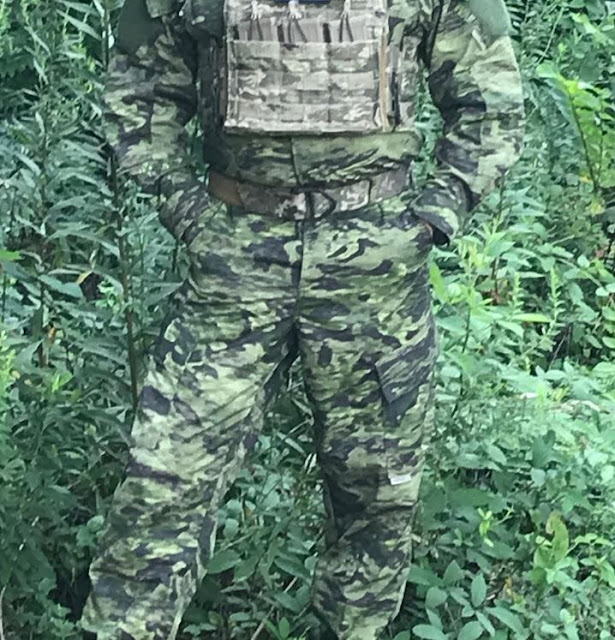

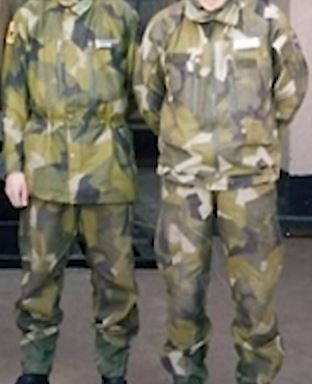

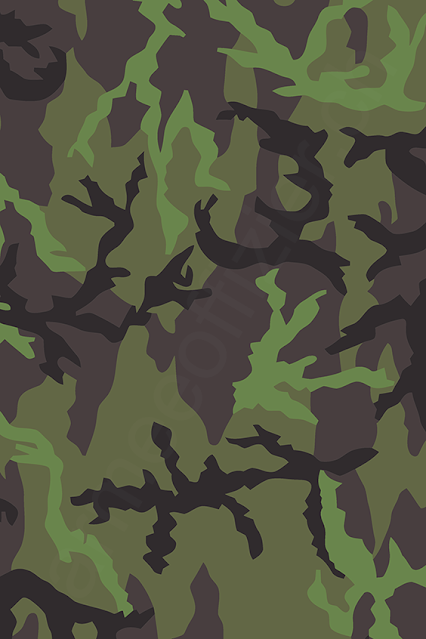
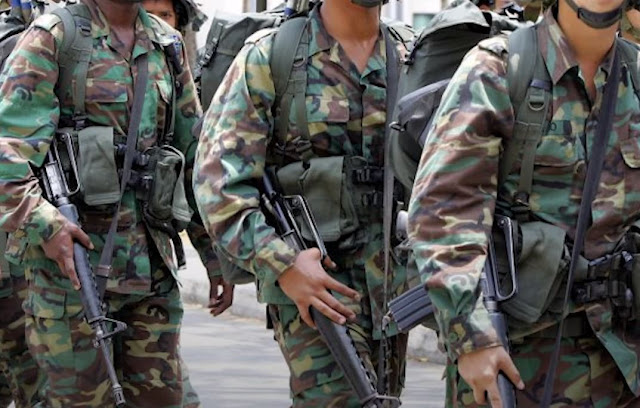

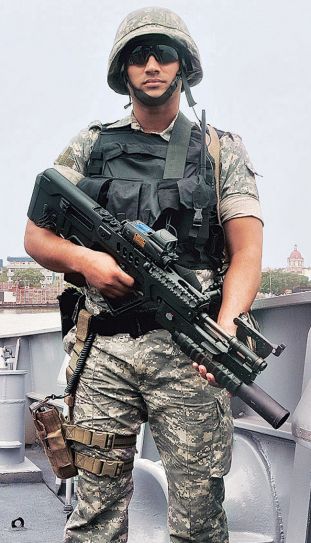




Comments
Post a Comment